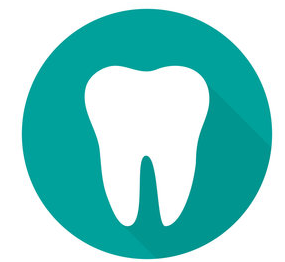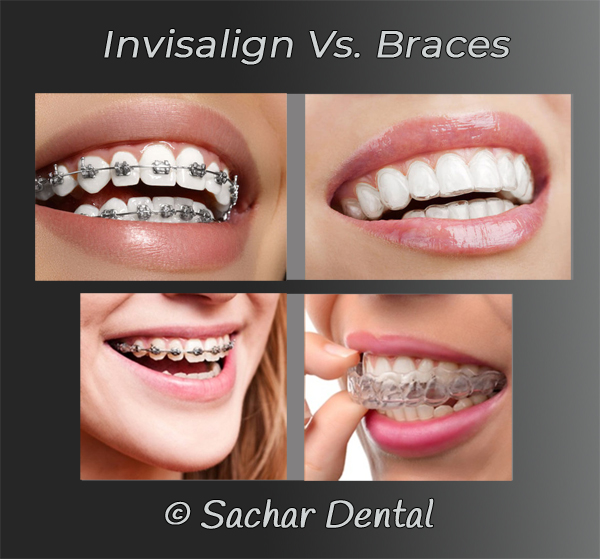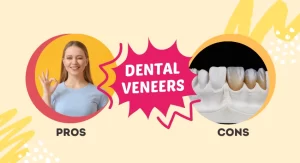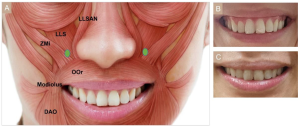Introduction
When it comes to straightening teeth and achieving a beautiful smile, there are two popular options available: Invisalign and traditional braces. Both methods have their own set of advantages and disadvantages. In this article, we will compare Invisalign and traditional braces in terms of effectiveness, comfort, appearance, maintenance, and cost.
Effectiveness
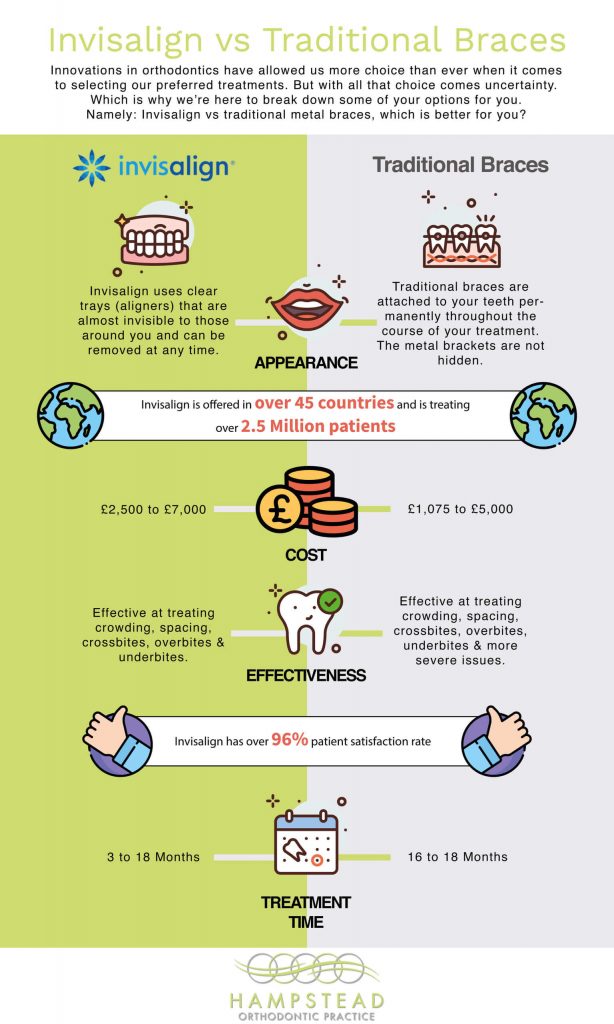
Both Invisalign and traditional braces are effective in straightening teeth and correcting bite issues. However, traditional braces are generally considered to be more effective for complex dental problems, such as severe overcrowding or misalignment. Invisalign is better suited for mild to moderate cases.
Comfort
One of the main advantages of Invisalign is its comfort. The aligners are made of smooth plastic, which eliminates the discomfort and irritation often associated with traditional braces. Invisalign aligners are also removable, allowing for easy cleaning and eating without any restrictions. On the other hand, traditional braces can cause discomfort and soreness, especially after adjustments.
Appearance
When it comes to appearance, Invisalign aligners are virtually invisible. They are made of clear plastic, making them much less noticeable compared to traditional braces. This makes Invisalign a popular choice for individuals who are conscious about their appearance. Traditional braces, on the other hand, are more noticeable due to the metal brackets and wires.
Maintenance
Maintaining good oral hygiene is crucial during orthodontic treatment. With Invisalign, maintaining oral hygiene is easier as the aligners are removable. This allows for regular brushing and flossing without any obstructions. Traditional braces, on the other hand, require extra effort to clean around the brackets and wires. Special tools like floss threaders and interdental brushes may be needed.
Duration of Treatment
The duration of treatment varies for both Invisalign and traditional braces. Invisalign treatment typically takes around 12 to 18 months, depending on the complexity of the case. Traditional braces may require a longer treatment time, ranging from 18 to 36 months. However, it is important to note that individual cases may vary.
Summary
Invisalign and traditional braces are both effective methods for straightening teeth, but they differ in terms of appearance, comfort, maintenance, and treatment duration. Invisalign offers a more discreet and comfortable option, as it consists of clear aligners that are virtually invisible and can be easily removed for eating and oral hygiene. On the other hand, traditional braces are made of metal brackets and wires, which are fixed to the teeth throughout the treatment period. While traditional braces may be more noticeable, they are often recommended for more complex dental issues. Additionally, the treatment duration for Invisalign can be shorter in some cases, but it ultimately depends on the individual’s specific dental needs. By considering these factors and try this website consulting with an orthodontist, you can determine whether Invisalign or traditional braces are the right choice for achieving your desired smile.
- Q: What is Invisalign?
- A: Invisalign is a type of orthodontic treatment that uses clear, removable aligners to straighten teeth.
- Q: What are traditional braces?
- A: Traditional braces are metal brackets and wires that are fixed to the teeth to correct alignment issues.
- Q: Which is more discreet, Invisalign or traditional braces?
- A: Invisalign is more discreet as the aligners are clear and virtually invisible, while traditional braces are more noticeable due to the metal brackets and wires.
- Q: Can Invisalign treat all types of orthodontic issues?
- A: Invisalign is effective for treating mild to moderate orthodontic issues such as overcrowding, gaps, and misalignment. Severe cases may require traditional braces.
- Q: Are traditional braces more effective than Invisalign?
- A: Both Invisalign and traditional braces are effective in straightening teeth. The choice depends on the specific needs and preferences of the patient.
- Q: Is Invisalign more comfortable than traditional braces?
- A: Invisalign aligners are generally more comfortable as they are smooth and do not have any sharp edges or wires that can cause irritation or discomfort.
- Q: Can I eat and drink anything with Invisalign?
- A: You should remove your Invisalign aligners before eating or drinking anything other than water to prevent damage or staining. Traditional braces do not have any dietary restrictions.
- Q: How often do I need to visit the orthodontist with Invisalign?
- A: Typically, you will have to visit the orthodontist every 4-6 weeks with Invisalign to monitor your progress and receive new sets of aligners.
- Q: How long does the treatment with Invisalign or traditional braces take?
- A: The duration of treatment varies depending on the complexity of the case. In general, Invisalign treatment takes about 12-18 months, while traditional braces may take

Welcome to my website! My name is Declan Pell, and I am a dedicated and passionate dental assistant with years of experience in the field. I am thrilled to share my knowledge and expertise with you through this platform, focusing on various aspects of oral care, aesthetic dentistry, gum health, and pediatric dental tips.
